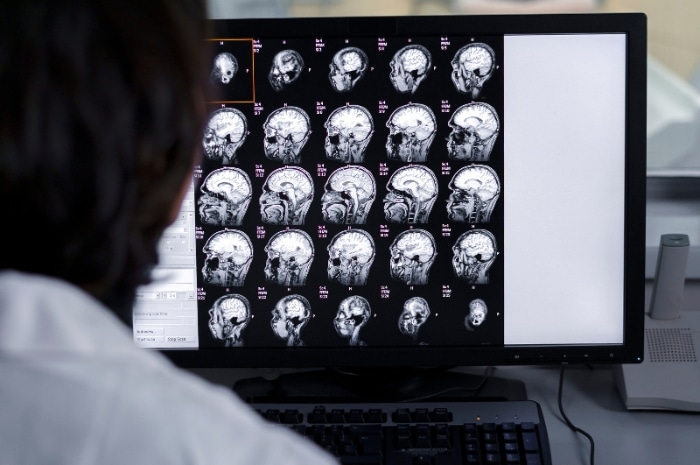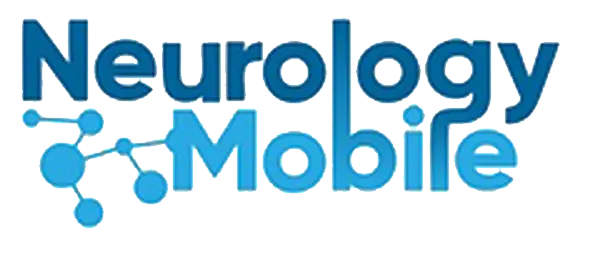4 min read
Understanding MRI: Your Guide to Magnetic Resonance Imaging

Have you ever wondered how doctors look inside your body to diagnose health issues without a single incision? Welcome to the fascinating world of Magnetic Resonance Imaging (MRI). In this comprehensive guide, we’ll explore what MRI is, how it works, and why it’s a crucial tool in modern medicine.
What is Magnetic Resonance Imaging (MRI)?
Magnetic Resonance Imaging, or MRI, is a non-invasive diagnostic technique used to create detailed images of the organs and tissues within your body. Unlike X-rays and CT scans, MRI doesn’t use ionizing radiation. Instead, it employs a powerful magnetic field, radio waves, and computer technology to produce these images.
How Does MRI Work?
Magnetic Resonance Imaging (MRI) is a fascinating and complex technology that allows us to see inside the human body with remarkable clarity. Here’s a simplified breakdown of how it works:
- Magnetic Field: When you undergo an MRI, your body is placed inside a powerful magnetic field that is about 10,000 times stronger than the Earth’s magnetic field. This strong magnetic field is what makes MRI so unique.
- Alignment of Protons: Our body is mostly made up of water, and each water molecule contains two hydrogen atoms. Each hydrogen atom has a proton in its nucleus. In the MRI’s magnetic field, these protons align with the direction of the field, much like tiny magnets.
- Radio Waves: Once the protons are aligned, the MRI machine sends a series of radiofrequency pulses into your body. These pulses are carefully calibrated to affect the hydrogen protons.
- Proton Response: The radio waves knock the protons out of their aligned position. When the radiofrequency pulse is turned off, the protons begin to realign back to their original position. As they do this, they emit radio signals.
- Signal Detection: These emitted signals are picked up by receivers in the MRI machine. Each signal varies depending on the type of tissue and the environment around the protons.
- Image Creation: Finally, a computer processes these signals to create detailed images of the body. It does this by translating the different types of signals into various shades of grey, which ultimately forms the images we see.

Is MRI Safe?
MRI is known for its safety and non-invasiveness, making it a preferred choice for medical imaging. Here are some key points regarding MRI safety:
- No Ionizing Radiation: Unlike X-rays or CT scans, MRI doesn’t use ionizing radiation, which can be harmful with excessive exposure. This makes MRI a safer option, particularly for repeated scanning.
- Concerns with Metal Objects: The strong magnetic field of MRI can pose risks for people with certain types of metal implants, like pacemakers, cochlear implants, or some metal clips used in surgical procedures. The magnetic field can interfere with these devices or cause harm if metal objects move during the scan.
- Loud Noises: The MRI machine makes loud noises during the scanning process, which some people find uncomfortable. However, this is not harmful, and patients are usually provided with earplugs or headphones.
- Contrast Agents: In some cases, a contrast agent might be used to improve the clarity of MRI images. These agents are generally considered safe, but there’s a small risk of allergic reaction.
- Claustrophobia: Some people may feel claustrophobic inside the MRI scanner due to its enclosed nature. Open MRI machines are available for those who may experience anxiety in tight spaces.
- Children and MRI: MRI is safe for children. However, younger children might require sedation to keep them still during the procedure, as movement can blur the images.
What Can MRI Diagnose?
Magnetic Resonance Imaging (MRI) is a powerful diagnostic tool in modern medicine due to its exceptional ability to produce detailed images of the body’s internal structures. Let’s delve into the various conditions and areas where MRI plays a crucial role in diagnosis:
- Brain and Spinal Cord Abnormalities: MRI is highly effective in visualizing the brain and spinal cord. It can detect a range of abnormalities, including:
- Brain tumors, cysts, and brain injuries.
- Multiple sclerosis, a disease that affects the protective covering of nerve fibers.
- Spinal cord injuries and compression.
- Anomalies in the brain’s structure, like developmental anomalies.
- Stroke, by identifying areas of brain tissue that have been affected by a lack of blood flow.
- Tumors and Cancers: MRI’s sensitivity to soft tissue contrast makes it invaluable in identifying and assessing tumors and cancers throughout the body. It helps in:
- Detecting and locating tumors.
- Determining the size and spread (staging) of cancer.
- Guiding biopsies and other procedures.
- Monitoring the effectiveness of cancer treatments.
- Stroke: MRI is particularly adept at detecting strokes, especially ischemic strokes, which occur due to a blockage in the blood vessels supplying the brain. It can:
- Identify the affected brain tissue quickly.
- Differentiate between ischemic stroke and hemorrhagic stroke.
- Help in planning treatment strategies based on the type and extent of the stroke.
- Joint Injuries: MRI is often used to diagnose injuries to joints, such as the knee, shoulder, hip, and wrist. It’s useful in assessing:
- Ligament tears, such as ACL tears in the knee.
- Cartilage degradation, like in osteoarthritis.
- Damage to tendons and muscles.
- Bone fractures not visible on X-rays.
- Heart Problems: Cardiac MRI provides detailed images of the heart and blood vessels, assisting in the diagnosis of:
- Heart defects and structural abnormalities.
- Diseases of the heart muscle (cardiomyopathies).
- The extent of damage caused by heart attacks or heart disease.
- Problems with the large blood vessels near the heart.
- Liver and Other Abdominal Diseases: MRI is also effective in imaging organs in the abdomen, helping in diagnosing:
- Liver diseases, including cirrhosis, liver tumors, and bile duct abnormalities.
- Pancreatic conditions, like pancreatitis or pancreatic tumors.
- Kidney problems, including tumors and cysts.
- Disorders of other abdominal organs, such as the spleen and adrenal glands.

How is MRI Performed?
During an MRI, you’ll lie on a movable table that slides into a tunnel-like machine. It’s important to remain still during the scan to ensure clear images. The procedure is painless, but the machine can be quite loud. Some people might feel claustrophobic in the MRI scanner, but there are open MRI machines available to alleviate this issue.
Preparing for an MRI
Preparation for an MRI usually involves removing any metal objects, as these can interfere with the magnetic field. You’ll also be asked about any implants or medical conditions that could be a concern. In some cases, a contrast dye might be used to enhance the clarity of the images.
Why is MRI Important in Diagnosis?
MRI’s ability to produce high-resolution images of soft tissues makes it invaluable in diagnosing a wide range of conditions. It can reveal abnormalities that might not be visible with other imaging methods, providing crucial information for accurate diagnosis and treatment planning.
Can Children Undergo MRI?
Yes, MRI is safe for children. In fact, its non-invasive nature makes it an excellent choice for pediatric imaging. However, since it requires the patient to remain still, younger children might need sedation to complete the scan successfully.
Conclusion: The Power of MRI in Medicine
Magnetic Resonance Imaging represents a significant advancement in medical imaging. Its ability to provide clear, detailed images of the body’s internal structures without harmful radiation is a cornerstone in modern diagnostic medicine. By understanding what MRI is and how it works, you can appreciate its role in maintaining and improving health.
As we’ve seen, MRI is more than just a machine; it’s a window into the human body, offering insights that were once impossible. Whether you’re facing a medical condition that requires an MRI or simply curious about this incredible technology, remember that it’s a safe, effective, and painless way to get the answers doctors and patients need.
So, what does the future hold for MRI? As technology advances, we can expect even more detailed images, faster scan times, and new applications in medical diagnosis and treatment. Stay tuned for what’s next in the evolution of MRI technology.
